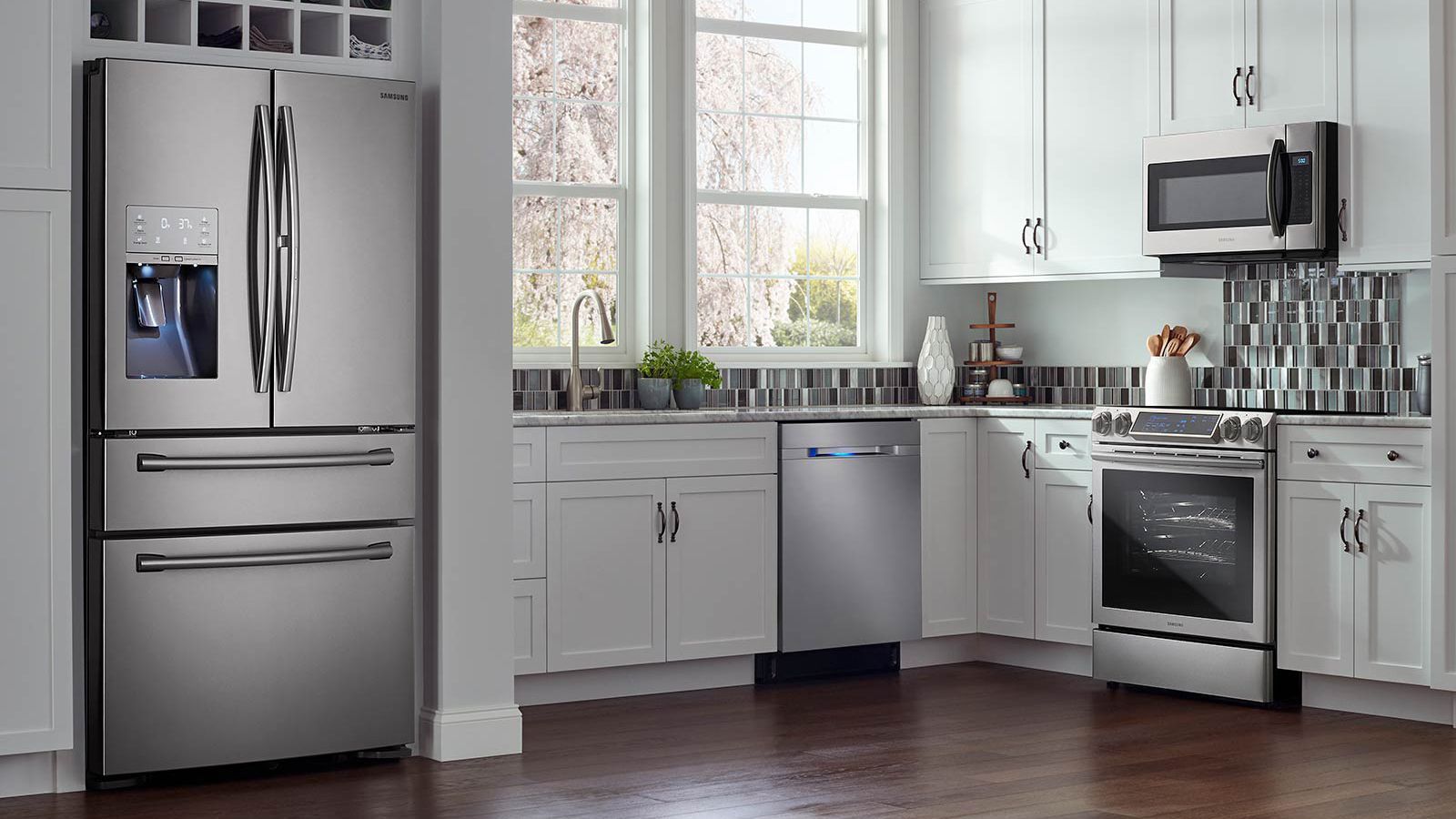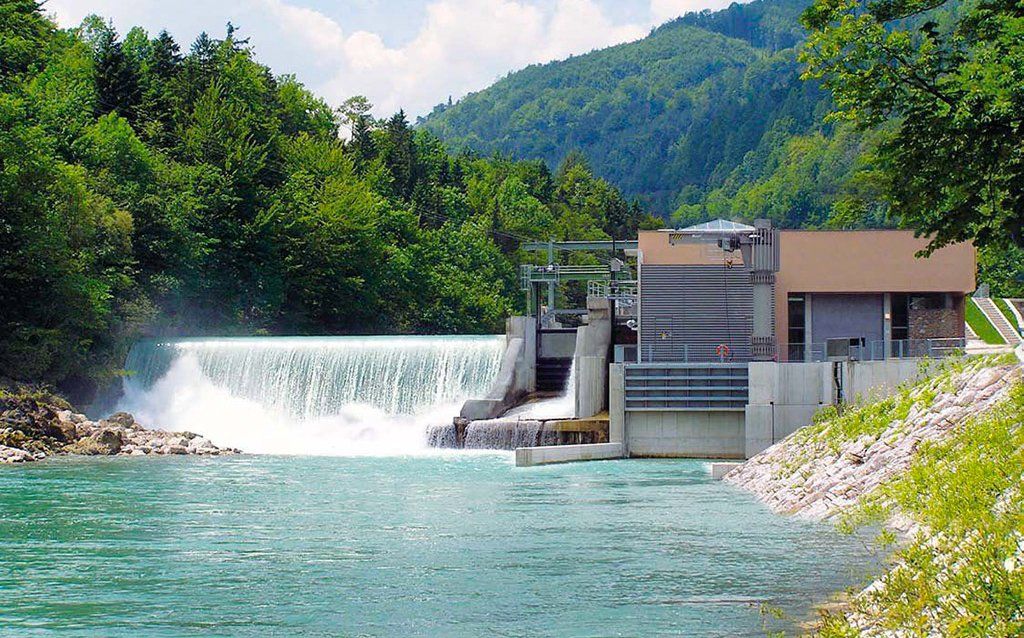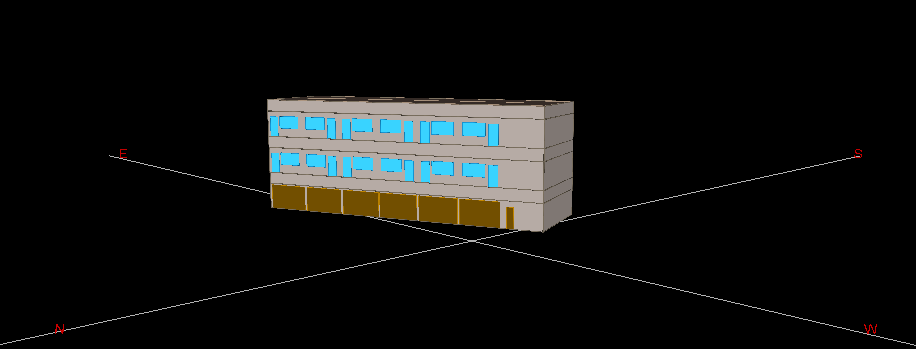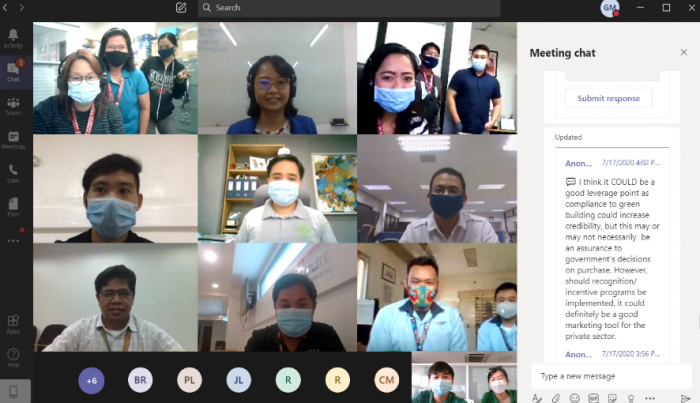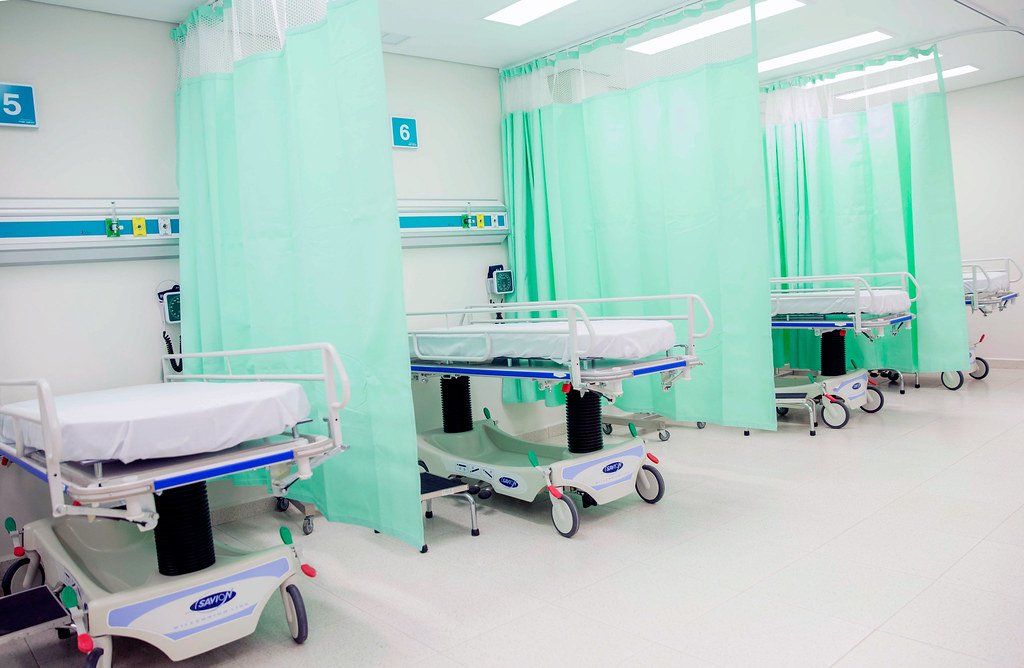Bringing A Dead Lake Back To Life
Perhaps the most dramatic regenerative project that I’ve been lucky to be a part of is the Laurentian University’s Living with Lakes building. The project is situated next to Lake Ramsey in Sudbury Ontario, which neighbors one of the largest nickel mine in Canada. The mining activities which spanned from the 1880s all the way to the 1960s made the lake uninhabitable by wild life and its surrounding barren. Such was the devastation, that NASA used Sudbury’s barren landscape for testing lunar vehicles for its Apollo program. By the 70s the lake was so polluted it was declared a dead lake. Later in the 70s, the municipality made stricter mining policies and by the 90’s the surrounding areas began to slowly come to life.
The project was to create a building for Laurentian University to study the lake water as well as the surrounding areas. The facility was to house research in natural studies specifically to look into how we can regenerate our surroundings.
Aside from creating an energy efficient building, the project team was also tasked with creating a building that reflected the goal of the university. In order to do this, the team put a lot of time into researching the effects of various factors from rainfall, to local wildlife and possibly introducing vegetation which would help the lake.
One item that emerged from this research was the use of naturally alkaline Manitoulin limestone for the base of the building. By running stormwater over the limestone, the pH value of the rainwater is reduced from moderately acidic to mildly alkaline. The cleaned water is then directed to a wetland area before being returned to the lake. As a result of the filtration strategies, this wetland has cleaner water and greater biodiversity than it had prior to the construction of the building. This slowly transformed the acidic waters of the lake into a clean lake.
In addition to cleaning the lake, the building also uses less resources than normal buildings. There is abundant daylight within the building due to careful considerations. The lab spaces, which require increased air circulation, capture waste heat for reuse in the building. The water fixtures were also chosen so that the building uses 40% less water than normal.
There’s an old saying that the most sustainable building is the one you don’t build. It’s true; the very nature of the building industry is to use resources to create occupiable spaces. There will always be some use of resources, but I think we’re learning to channel these buildings into being a positive contributor to the environment.
To find out more about energy modelling and our consultancy services, check our our website at www.greensolutions.ph.


